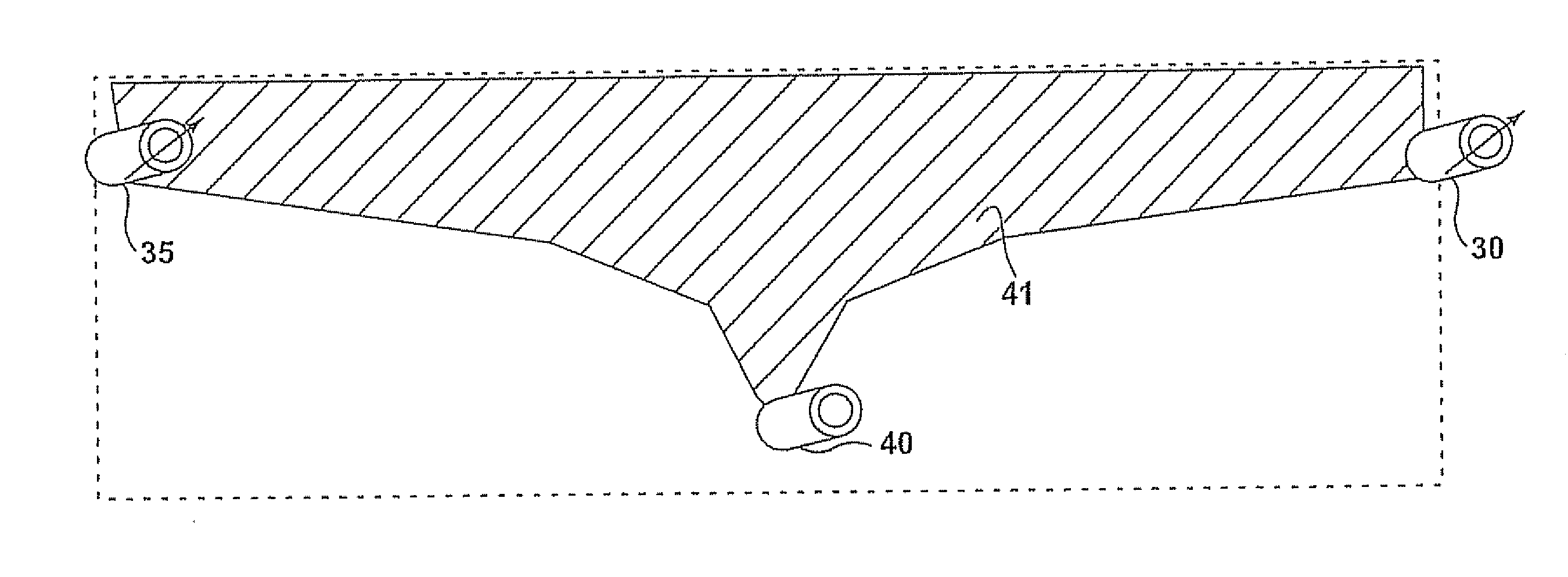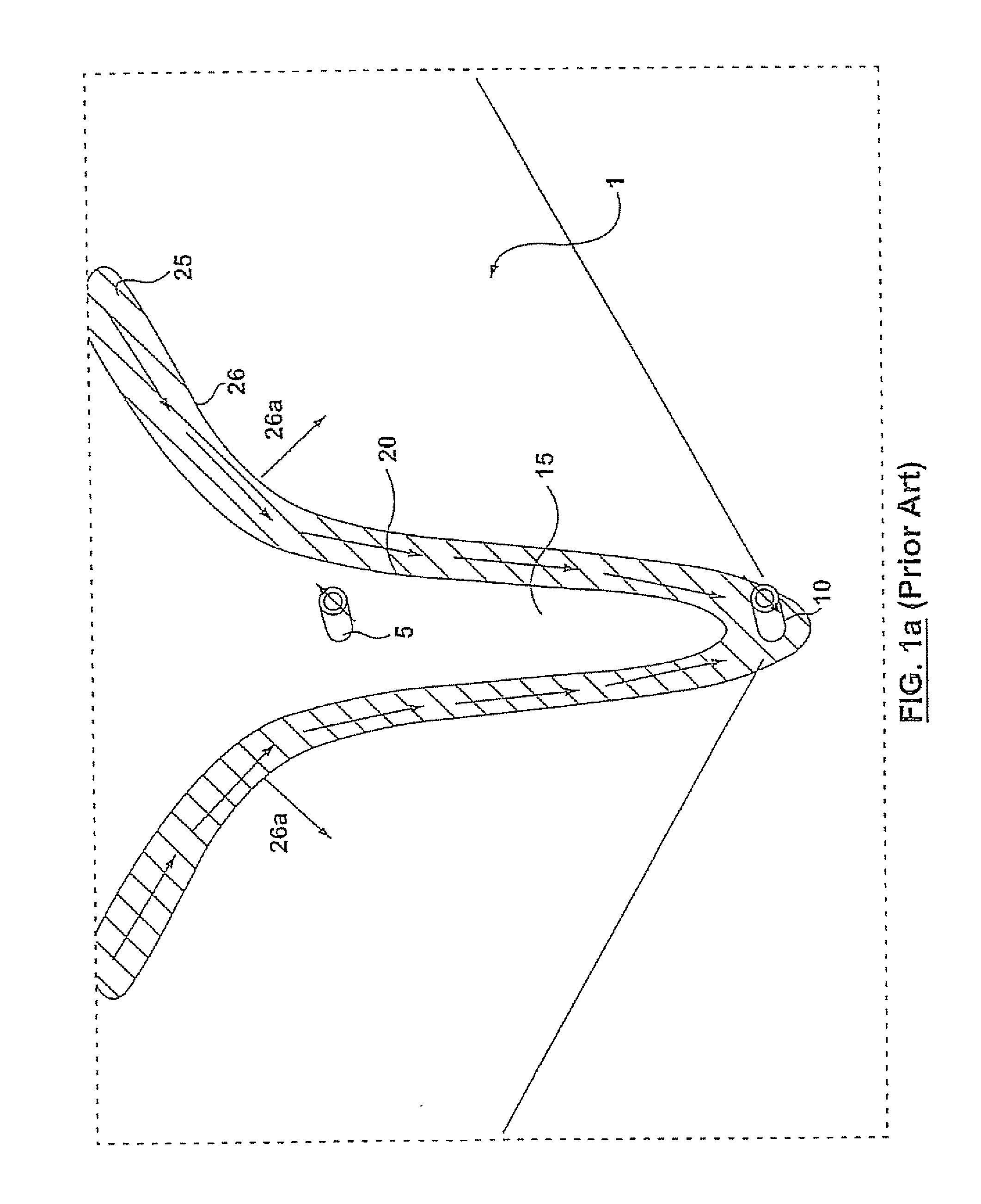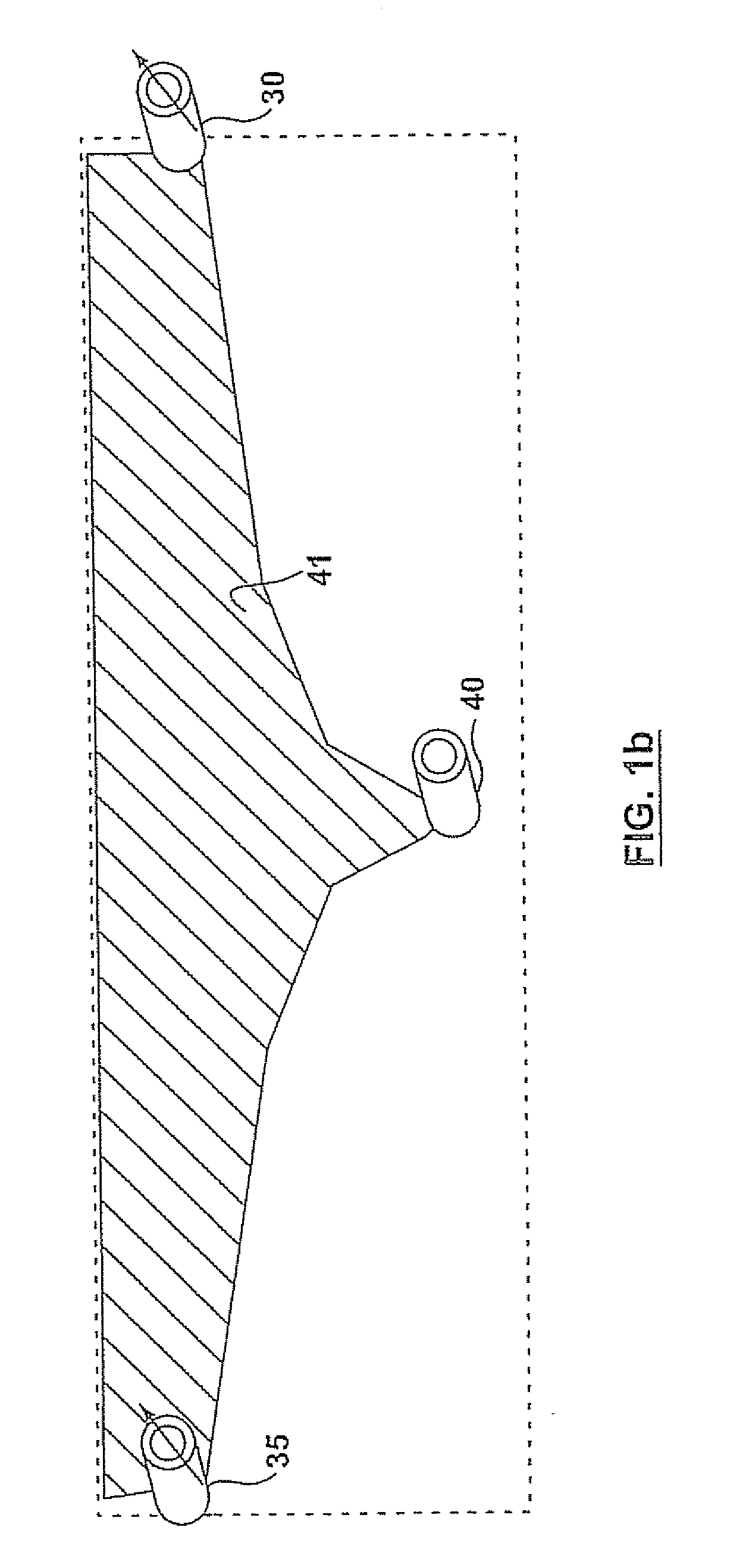Methods of Improving Heavy Oil Production
a technology of heavy oil and production, applied in the direction of fluid removal, earthwork drilling and mining, borehole/well accessories, etc., can solve the problems of affecting the recovery of heavy oil and/or bitumen in in situ deposits, and achieve the highest volume of solvent fluid and reduce viscosity
- Summary
- Abstract
- Description
- Claims
- Application Information
AI Technical Summary
Benefits of technology
Problems solved by technology
Method used
Image
Examples
example 1
Producing Heavy Oil By Creating and Maintaining Diagonal Solvent Chambers using Horizontal Wells
[0109]
StepRatePressureDurationExpected Results1a - Inject solvent into well 52Very high rates,Highest injectionRoughly 1Significant gas channellinguntil significant solventpossibly exceedingpressures in excess ofmonthoccurring from well 52 to 50breakthrough to wells 50 & 5128,000 standard100 kPa above reservoirand from well 52 to 51m3 / dpressure1b - Simultaneously with stepVery high ratesHighest productionRoughlyOil production along with1a produce reservoir fluidsdrawdown at inflowsimultaneouslysignificant gas channellingfrom wells 50 & 51 and solventpressures in excess ofwith step 1aoccurring from well 52 to 50as it channels from well 52100 kPa below reservoirand from well 52 to 51pressureStep 2a - Inject solvent in wellsVery high rates,Highest injectionRoughly 1Significant gas channelling50 & 51 until significant solventpossibly exceeding apressures in excess ofmonthoccurring from well ...
example 2
Producing Heavy Oil By Creating and Maintaining Solvent Chambers using Horizontal Producing Wells & Vertical Injection Wells
[0110]
StepRatePressureDurationExpected Results1a - Inject solvent intoVery high rates,Highest injection pressuresRoughly 1 monthSignificant gas channellingvertical (vt.) well 108 untilpossiblyin excess of 100 kPaor until aoccurring from well 108 tosignificant solventexceeding 14,000above reservoir pressuresignificant and106 and forming a stable gasbreakthrough to vt. well 106standard m3 / dstable gaschannel with high gaschannel formssaturation1b - Simultaneously produceVery high ratesHighest productionRoughlyOil production along withreservoir fluids from well 106drawdown at inflowsimultaneouslysignificant gas channellingand solvent as it channelspressures in excess of 100 kPawith step 1aoccurring from well 108 tofrom well 108below reservoir106 as described abovepressure2 - Inject solvent in wells 108Very high rates,Highest injection pressuresRoughly 0.5-1Signifi...
PUM
 Login to View More
Login to View More Abstract
Description
Claims
Application Information
 Login to View More
Login to View More - R&D
- Intellectual Property
- Life Sciences
- Materials
- Tech Scout
- Unparalleled Data Quality
- Higher Quality Content
- 60% Fewer Hallucinations
Browse by: Latest US Patents, China's latest patents, Technical Efficacy Thesaurus, Application Domain, Technology Topic, Popular Technical Reports.
© 2025 PatSnap. All rights reserved.Legal|Privacy policy|Modern Slavery Act Transparency Statement|Sitemap|About US| Contact US: help@patsnap.com



